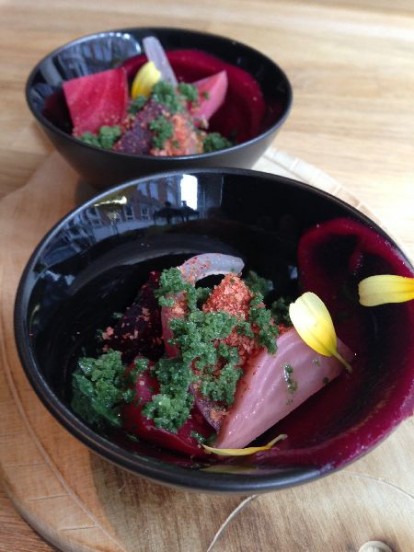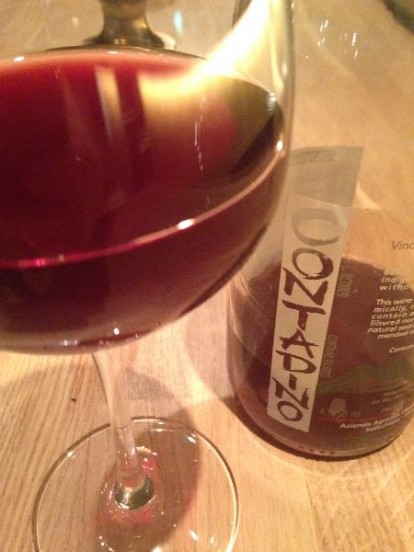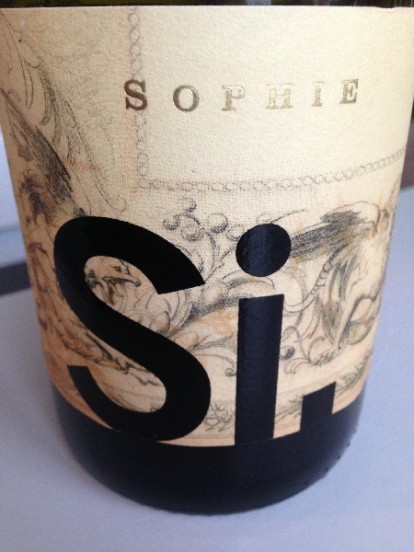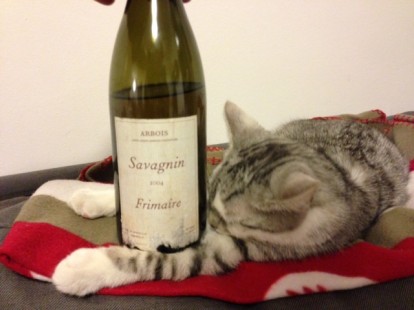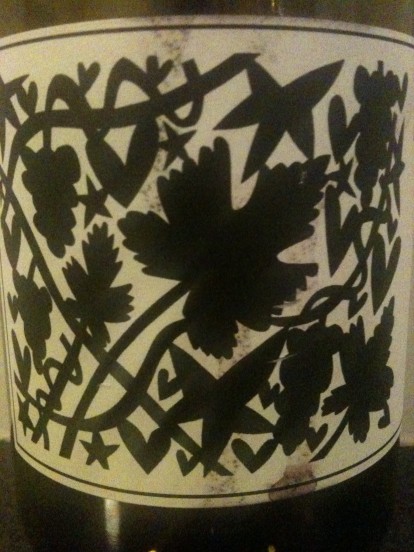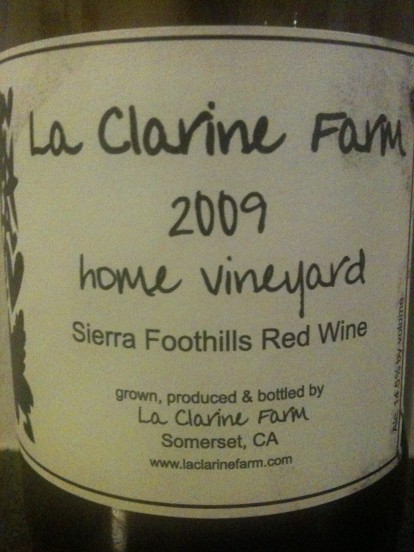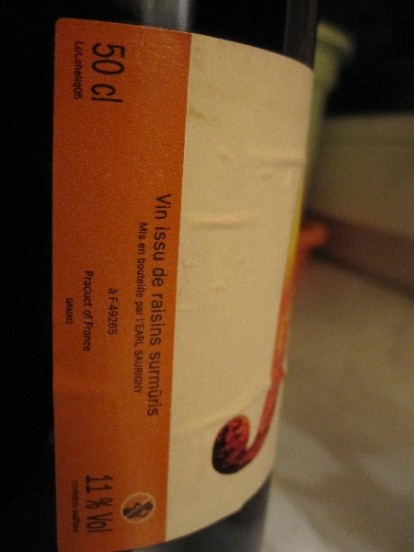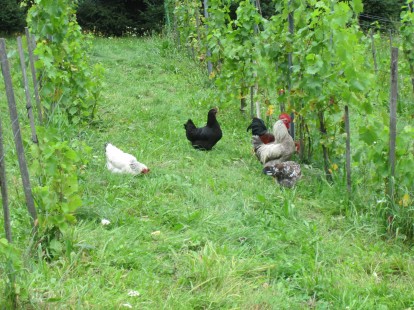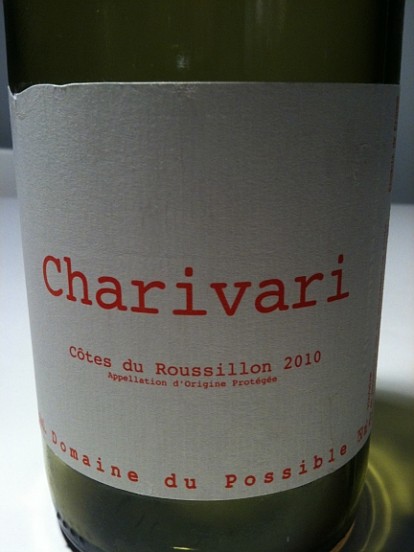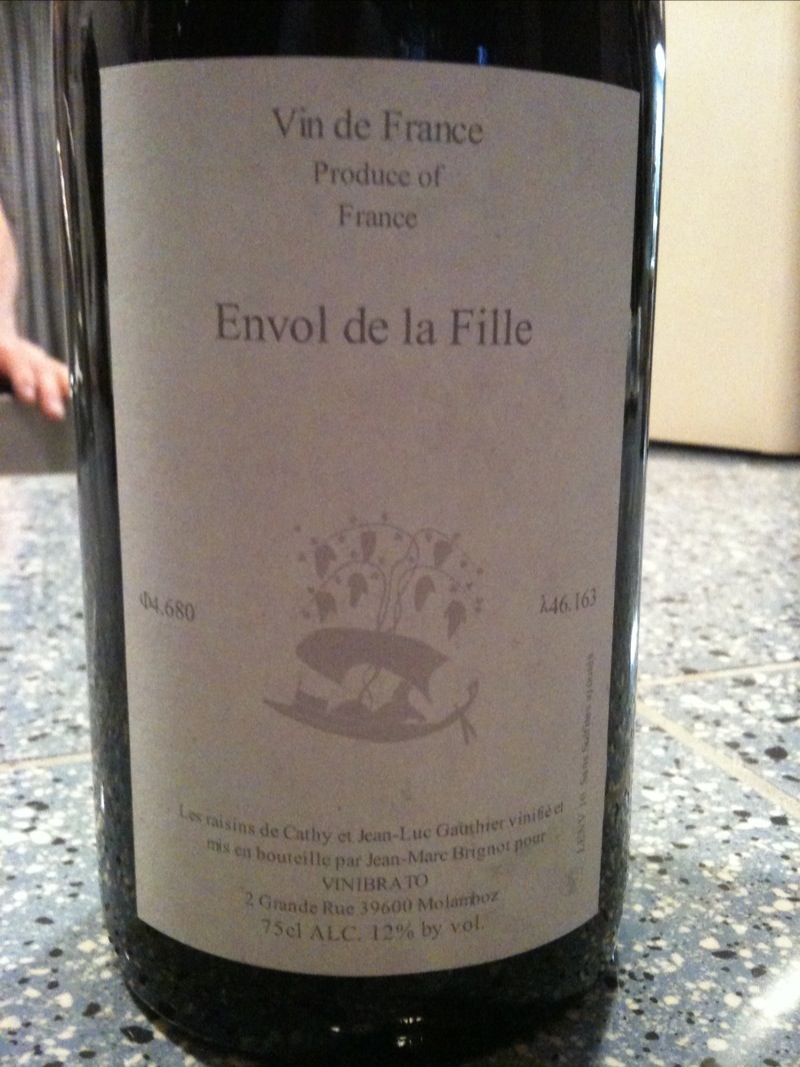Jan 24, 2016
Your fault, not ours
I work in a new and developing wine consuming country. This is both exciting and frustrating. Exciting because I can see the development right before my eyes. Frustrating because all of a sudden everyone is a wine expert, stressing strong opinions as facts.
To be in a country where wine consumption is growing rather than shrinking (like in other EU countries) is an exciting thing. I don’t need to remind you of the common business sense that says that if you’re at the beginning of a growth curve, for sale and you play your cards right, doctor you will grow with that curve. It’s exciting to see the choices available to us expand and improve as consumers (and importers) focus their palates. I live in an exciting place and for the most part, I am enjoying the ride.
On the other side of the excitement is the frustration that inevitably comes with living and working in a growing and evolving wine market. The biggest of which is the fact that there are suddenly so many “knowledgeable” wine “experts”. Persons who express nothing more than their opinions, emanating from their fucking mouths as facts. The most annoying “fact” I hear repeatedly is that the problem with natural wines is that they are “faulty”. This is not a very well researched opinion and is often stated as a fact and as an absolute. These people are saying that “all” natural wines are “always” faulty. I find this to be not only frustrating, but also upsetting because it does not take a genius or even a Master of Wine to see that it is an impossible statement. It is not possible that “all” natural wines are “always” faulty.
It is true that many (not all) of the first examples of natural wine imported into this country years ago were indeed “faulty”. They were terribly reductive examples of natural wines that not even I would want to sniff, let alone swallow. And some were overly-oxidized (not on purpose) and ruined beyond repair. But these faults are not limited to natural wines. All wines can suffer from these faults.
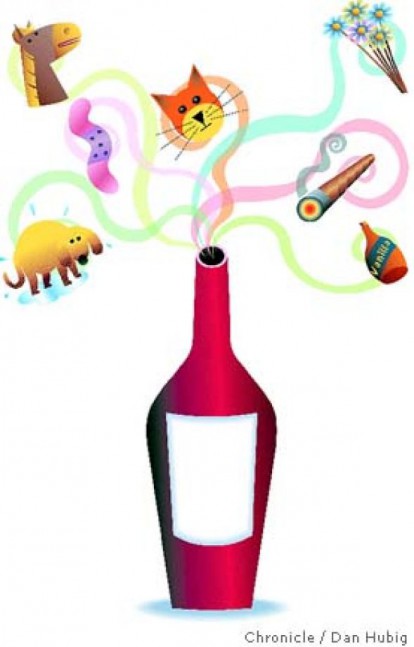
*Photo borrowed from http://www.sfgate.com/wine/article/Here-kitty-kitty-Wine-critics-love-cat-pee-2720808.php
If you are a real wine person, one with a brain and some experience, you will have an open mind. You will taste all wines and you will realize that that there are good wines and there are bad wines. Not all natural wines are bad and faulty and not all commercial wines are good and faultless. I have said this before and I will say it again. A good wine is a good wine, natural or not. So please, for my sanity, stop generalizing. Your audience is not as stupid as you think they are, but they are smart enough to think that you are stupid.
*I promise my next post will be very soon and more positive
